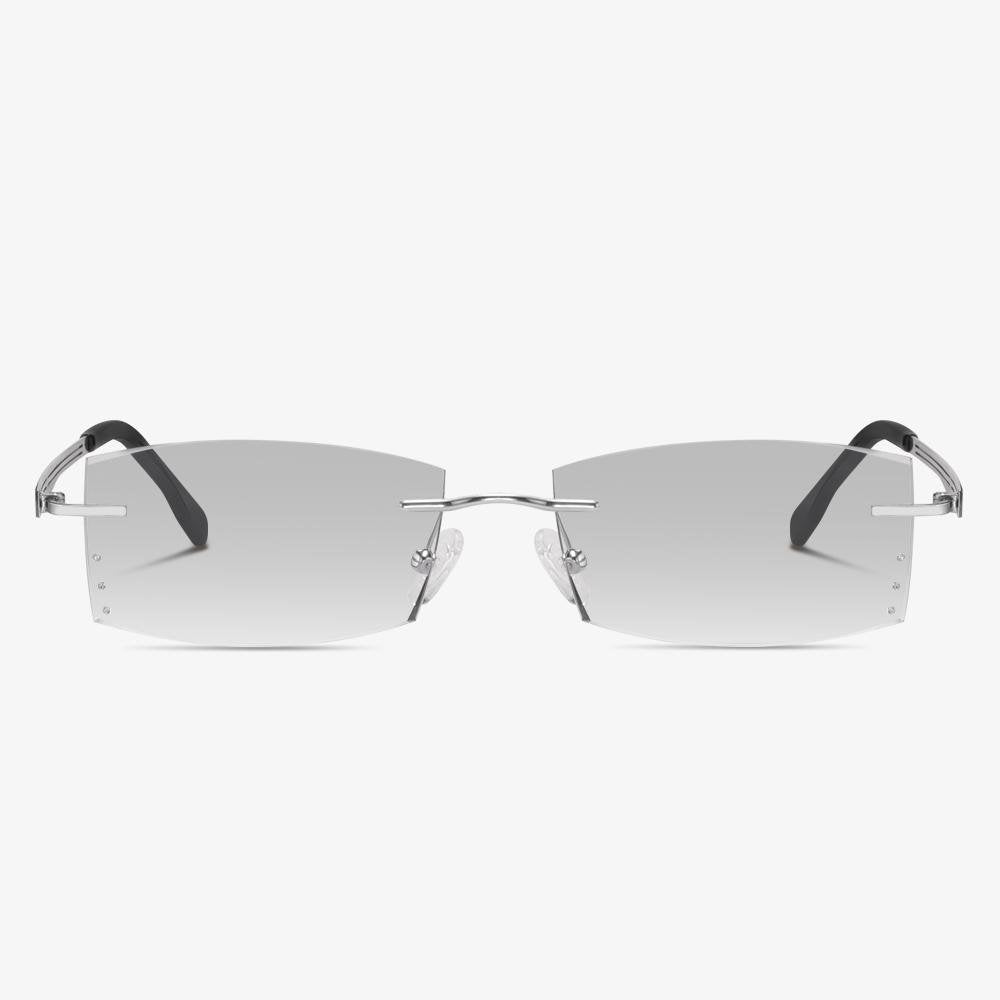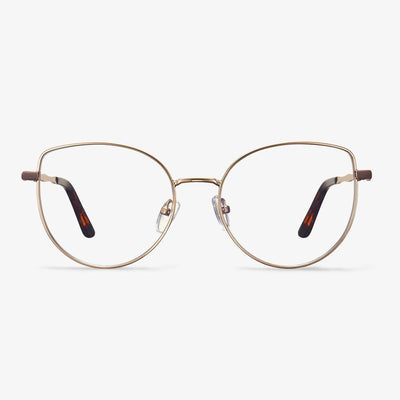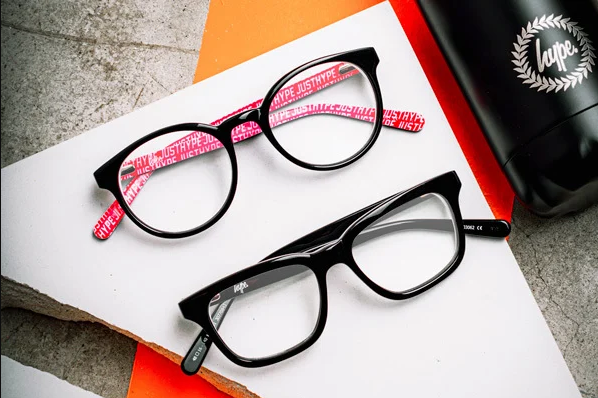Progressive lenses and single vision lenses
Single vision lenses are the most widely used optical lenses and are suitable for the general population.
Progressive lenses are suitable for below people.
① Myopia control lenses for teenagers. Progressive lenses are used to relieve visual fatigue and control the development speed of myopia.
② Anti-fatigue lenses for adults. Progressive lenses are used for teachers, doctors, people who use too much computer at close range to reduce visual fatigue caused by work.
③ Progressive lenses for Middle-aged and elderly people. A pair of glasses for middle-aged and elderly people to easily see near and far.
About the Glasses Direct
Glasses Direct is an online professional eyewear shopping site based in the UK, with the leading online sales volume in Europe. Over the past five years, its online sales have increased by 50%, and it has had more than a million customers. Since 2004, they have been providing affordable glasses with uncompromising quality and professional service. The frames selected included big brands like Ray-Ban and Oakley and came in a variety of shapes and sizes. Its main goal is to provide a convenient option for people who need corrective glasses.
How long does it take to get used to progressive lenses?
Because the adjustment of each eye is different, so there will be some differences in the adaptation period. It usually takes about two weeks to get used to it. Probably many young people are familiar with this kind of lens, so they adapt to them for only a week or so and can restore the normal visual effect. If it's been two weeks and you still feel that you can't see clearly, or you have the feeling of nausea, etc., then you need to test and adjust. You need to go to the hospital to see the specific case, to find out whether it is a quality problem of the sunglasses, or there are some artificial reasons. If there is a problem, we should also replace the lenses in time, otherwise, it may lead to the problem of visual fatigue. Therefore, it is still necessary to promptly confirm the case of optometry, and then replace the appropriate glasses.
Understand the impact of frame selection on the lens
Frame size is an important consideration when using progressive lenses because some progressive lenses work better in frames of different sizes. Since progressive lenses allow you to see at all distances, it's important that the whole range of vision fits within the frame. Therefore, very short lenses and larger lenses are not suitable for progressive lenses.
How to Perform Glasses Measurements?
If there is no number on the temple of eyeglasses, you can perform glasses measurements by yourself. Now, we will show how to do that.
To measure the glasses’ size, you need to prepare a ruler or a tape first. To measure the frame width, measure the entire horizontal front of the frame, from the furthest extended point on either side. As for lens height, you should measure the vertical height of the lens. As for the bridge, you should measure the part that goes across the bridge of your nose. The temple arms include the front of the frame on either side and the rest behind your ear. The lens width is the horizontal diameter of one lens. So, when measuring these, you should be careful.
After that, you have measured the glasses frame size. If you want to know whether your face is right for this frame, you can read the post: How to Measure Face for Glasses Frames - 7 Steps
If you need a pair of new glasses, you can try Koalaeye glasses. They are stylish and cheap and they are lots of available choices.
There are many types of bifocals.
According to the manufacturing means, bifocals can be divided into separate bifocals, gluing bifocals, fusion bifocals, E-type bifocals, or one-line bifocals. The separation one is a simple type of bifocal lens. Two lenses of different strength were used to make it be in the center of the distal and proximal vision areas.
What Are Progressive Lenses?
Your eyes change with your age. When your reach your 40s, you may find that it is difficult for you to focus between a book, a website on a computer screen and the conference room whiteboard. Progressive lenses are growing in popularity among people who need help seeing near, far and in-between.
Progressive lenses have grown in popularity and are one of the most common solutions to treat vision loss that occurs with age or presbyopia. Progressive lenses have a seamless increase in magnification from the top to the bottom of the lens, helping you see clearly at all distances with just one pair of glasses. The top portion of the lens enables you to see the far-away objects, the middle portion of the lens enables you to focus on the intermediate objects and the bottom to see objects close-up. The prescription changes little by little across the lens surface providing a gentle transition.
After knowing what the progressive lenses are, do you know what are the pros and cons of progressive lenses? If not, keep on your reading and we will show you some information.











































